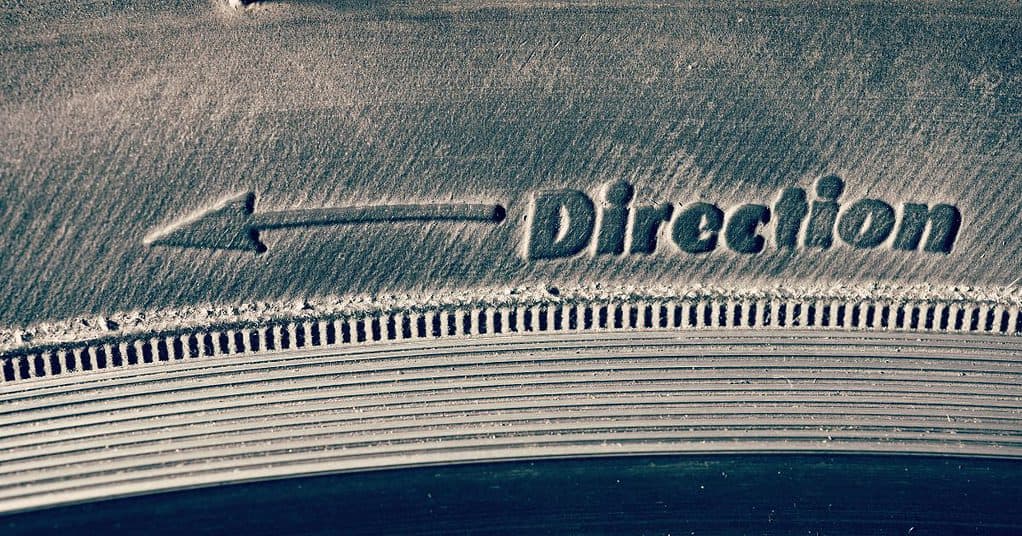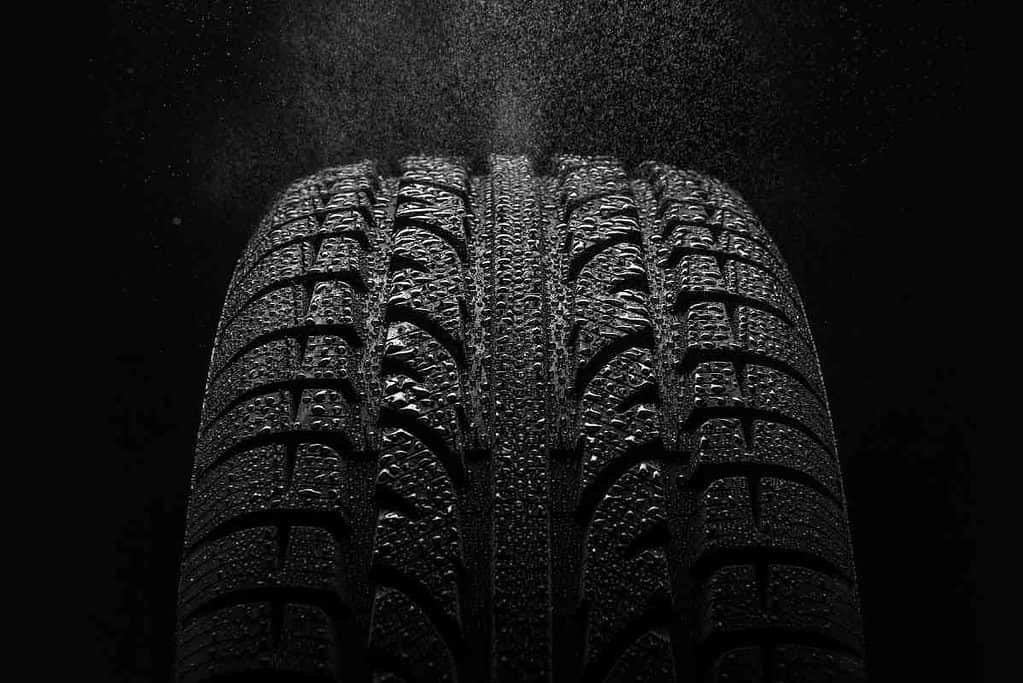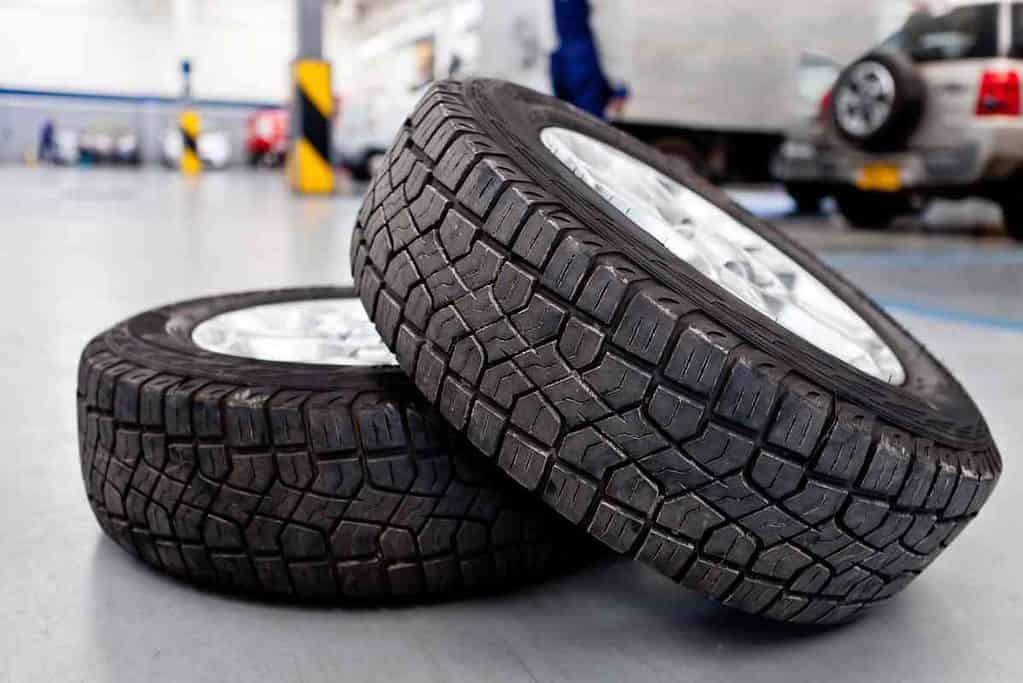Are Michelin Tires Directional?
Michelin tires are a well-known tire in the market. But, are Michelin tires directional? We have the answers.

Michelin tires are directional, though not all of them are. The reason why few Michelin tire products are directional is because this type of tires are not regular as the symmetric and asymmetric tires. The Latitude Alphin series and the Pilot Sport A/S Plus series are Michelin tires that are directional.
We are dedicated to providing high quality data and information to our readers. We are able to do this thanks to our competent team of professionals. This team has accumulated a lot of skills and experience on matters that are related to the use of cars. The staff draw their conclusions from both theory and practice, and the past projects are a testimony to this. Therefore, any time that you read our resources, be assured of highly authoritative information.
Are Michelin Tires Directional
A directional tire rotates in one direction with such rotate tires very beneficial to the driver.
Michelin tires are known around the world for their quality performance. As one of the most popular tire brands in the world today, Michelin has an established reputation in the automobile industry and stands out among other tire manufacturers, and the tires will become more popular in the future.
The tires made by Michelin are varied and the question of interest in this article is to find out whether their tires are directional.
For a car enthusiast who wants to know whether Michelin tires are directional, the answer is that yes, they are. However, it’s worth noting that there are tires manufactured by Michelin that are not directional,and the buyer should be aware about this as much.
Normally, directional Michelin tires are made particularly for driving in high-performance situations.
Some of the directional Michelin tire products include the following: the Latitude Alphin series and the Pilot Sport A/S Plus series. It’s notable to highlight that directional tires are not as common as other types of tires made by the company, and this is because they are not made for normal road use but more for a challenging environment like high-performance driving.

Recommended Reading: Does Michelin tire warranty cover nails?
Features That Distinguish Directional Tires from Others
Indeed, the directional tires made by Michelin are few. As you’ve already noted, this is because they are specifically designed for particular scenarios that require high performance.
For example, the Michelin pilot sport is known for its high performance, and the tire gains traction with impressive tread patterns. This is one of the characteristics that make these tires different from the rest made by Michelin.
Apart from the above-mentioned characteristic, there are other features that describe the uniqueness of directional tires. These tires are designed to fit to a particular place on a vehicle’s axle and at a particular rolling direction, for instance, Michelin North America.
Usually, directional tires have arrows situated at the sidewall that guide how the installation process should be.
The indicator arrows help you to know the rolling direction of your tire. There is also guidance on whether the tire should be fitted on the car’s left or right side.
Another major feature that you’ll find on directional tires by Michelin is the tread markings. In most tires, you’ll find either of these two patterns (symmetrical horizontal pattern and asymmetrical pattern).
For directional tires, you’ll notice that they have a symmetrical pattern that points downward and forms a ‘Y’ looking shape.

Alternative Types of Tires
Apart from directional tires, there are two other main types of tires you can use for your car. They include symmetric and asymmetric tires.
The most common type of tires are the symmetric ones. These are the tires you’ll find on most vehicles. One of the main distinctive features of symmetrical tires is that they have independent tread blocks.
Also, the inboard and outboard halves of symmetrical tires have a similar pattern. This is the reason they are called symmetric.
The asymmetric tire is the other type of tire you should know about. In simple terms, an asymmetric tire is one that has an asymmetric tread pattern. Unlike symmetrical tires, asymmetrical tires are not designed for much general use.
These tires are designed to provide traction and versatility in different weather conditions. If you take a closer look at the tires you’ll realize that the outside part of the tire has larger tread blocks that increase traction whenever a car is taking corners.
Ways of Confirming Whether Your Tires are Directional
If you would like to confirm whether the Michelin tires you have are directional or not, there are quick ways you can use to ascertain.
The first quick way you can use to determine whether your Michelin tires are directional or not is checking their product series. If they are in the Latitude Alpin or the Pilot Sport A/S Plus series, they are directional tires.
Another way you can use to confirm whether Michelin tires are directional is by checking the tread pattern. If the tread pattern is symmetrical and it points downwards to form a ‘Y’ or ‘V’ shape, then the tires are directional.
Additionally, you can check the side of the tire to establish whether you’ll see arrows directing how to install and where to install the tires. If these arrows are present on the tires, this is an indication that they are directional.
Just in case you’re not sure, you can inquire from a tire expert or mechanic whether the tires on your car are directional or not.

Related Tire Comparisons:
If you want to read more tire comparisons, here are just a few popular articles I suggest you check out next!
The Benefits of Directional Tires
Directional tires are known to offer quality performance in two important areas. These areas include the ability to handle high-speed driving and ability to evacuate water through the ability to achieve maximum wet traction.
Directional tires have the ability to evacuate water faster while sustaining quality road contact better than other tires with the same michelin compound technologies. This is an important aspect as it allows drivers to continue having an optimal driving experience even when driving on watery surfaces.
The V-shaped tread pattern plays a major role in ensuring the evacuation of water from the tires.
Additionally, directional tires make it possible for drivers to handle high-speed driving. These tires provide better traction as a result of the optimized tread purposefully designed to offer maximum and high-quality road contact.
As a driver, you’ll notice that if you have directional tires on your car, you’ll be able to take corners better, achieve better grip, and have better handling.
The tire design on directional tires allows drivers to handle speed driving better because the tires provide the qualities for such a drive. Still on the same point, it’s imperative to point out that even at higher speeds, directional tires help to achieve fuel efficiency.
Fuel efficiency is essential for a car owner as it helps to save money you would have spent on fuel.
The Cons of Directional Tires
One of the cons of directional tires is that they have a shorter lifespan compared to other tire types. There are two reasons attributed to the shorter lifespan of directional tires compared to regular tires.
The factors are: a low resistance to tear and wear and the inability for tire rotation compared to other tires.
It’s true that directional tires have a good grip on dry surfaces, which is great for a quality driving experience. However, the fact that they have a low resistance capacity to wear limits their ability to stay in good shape for a long time.
Also, the fact that these tires can’t be rotated in the same way as regular tires, this factor limits their ability to stay longer. Generally, tires that can’t stay in good functional capacity for a long time are expensive.
The more you keep changing your tires, the more you’ll have to spend. It is more prudent to be careful about the initial decision of buying tires in order to buy high quality ones. This way, you will be able to save on your road expenses.
Another disadvantage that comes with directional tires is that they have a louder drive than asymmetrical tires. Therefore, if you want a quieter drive, using directional tires may not give you the experience you wish for.
Michelin Articles Worth Reading:
- Michelin tire warranty: Does Michelin tire warranty cover nails
- Michelin Tire Rebates (Find Discounts Near Me)
- Can You Plug Michelin Tires?
- Michelin Tires Turn Brown: Here’s Why!
Plus Michelin Tire Comparisons and Reviews:
Key Takeaways
- Some Michelin tires are directional, even though the company also manufactures other tires.
- The Latitude Alphin and the Pilot Sport A/S Plus series are directional tires by Michelin.
- Confirm if Michelin tires are directional by checking the product series and tread pattern.
- Directional tires offer the ability to evacuate water and capacity to handle high-speed driving.
- The downside of directional tires is that they are expensive and wear out faster.
